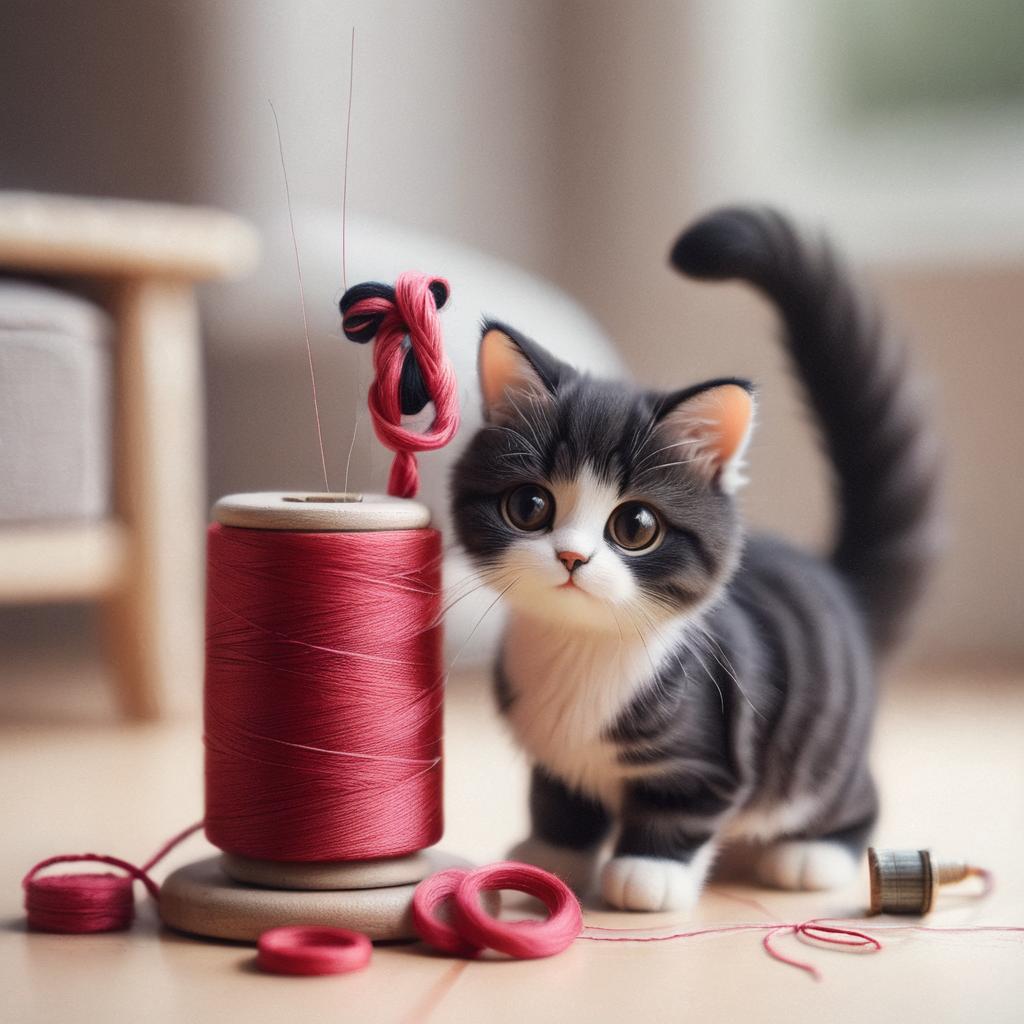Looking after older dogs and cats can be tough, especially if you’ve never had a senior pet before. As your furry friend ages, you’ll likely need to make some changes to your routine, and when the time comes, you’ll have to make some important decisions about how to say goodbye.
There are different things that might happen depending on your pet’s health, so it’s a good idea to understand your options. This way, you can make sure your pet is comfortable in their final days and give yourself the space to grieve when they pass.
Caring for Older Pets
Just like humans, pets face new challenges as they age. Every pet is different, but here are some common issues you might see in senior dogs and cats:
Stiff or locked joints are common in older pets. You can help by getting pet steps or ramps so they can reach spots like the couch or bed without jumping. Foldable gates are great for blocking off dangerous areas, like staircases.
Older pets might start having accidents indoors more often. While it can be frustrating, it’s important to stay patient – they can’t help it. You might need to limit them to areas that are easier to clean, like rooms with tile flooring.
Senior pets, especially dogs, might get a little grumpy or snappy. Be sure to respect their space when they need it.
Pet Hospice Care
When a vet determines that treatment won’t improve your pet’s condition, you might want to consider pet hospice, also called palliative care. Instead of putting your pet through stressful treatments, this type of care focuses on keeping them comfortable as they near the end of their life.
Pet hospice is best for pets with long-term conditions that can’t be cured but aren’t causing them severe pain. Medication can help manage any discomfort and give your pet a better quality of life in their remaining time.
When It's Time to Say Goodbye
If your pet is suffering and their pain can’t be managed, euthanasia might be the most compassionate option. This is a painless procedure where a vet injects a substance that allows your pet to pass peacefully. Your pet will get sleepy quickly, like when they’re under heavy anesthesia, and the whole process usually takes about 20-30 seconds.

Most often, euthanasia is done at the vet’s office, but some vets can come to your home. It’s important to remember that this choice is only for pets in severe pain or with serious mobility issues, not just because they’ve slowed down or are having accidents. Your vet can help you decide if this is the right option for your pet.
What to Do If Your Pet Passes Away at Home
Whether your pet dies at home or at the vet, it’s important to have a plan in place. One of the biggest decisions you’ll face is what to do with their body. Some people choose to bury their pets in their yard and create a special memorial, but cremation is becoming a more popular choice. You can keep your pet’s ashes in an urn or turn them into a keepsake.
Your vet can provide information about local cremation services if they don’t offer it themselves. You’ll need to coordinate with the crematorium to arrange drop-off and decide how you’d like the ashes returned.
Honor Your Pet’s Memory
There are many ways to honor the memory of your beloved pet, from personalized pet urns to special keepsakes that can hold a small portion of their ashes. This can be a comforting way to remember the bond you shared and keep their memory alive in your home.

Losing a pet is hard, but with the right care and a thoughtful goodbye, you can honor their life and cherish their memory for years to come.





